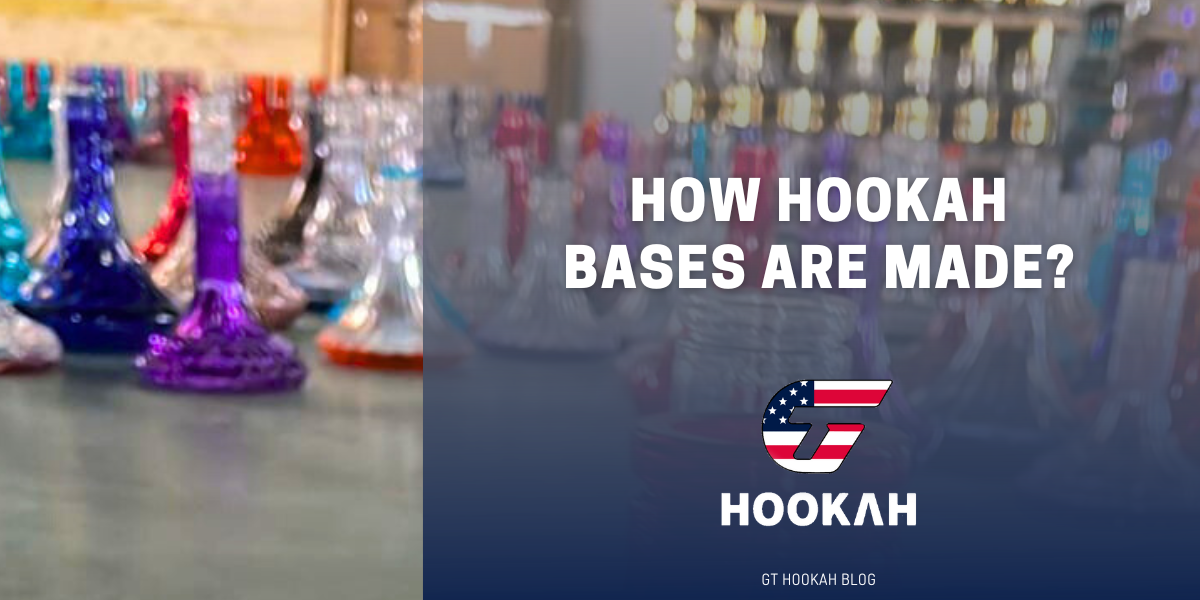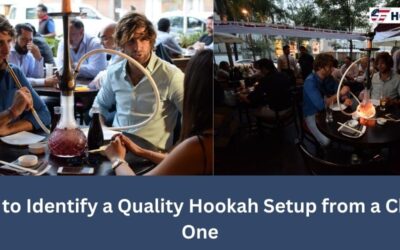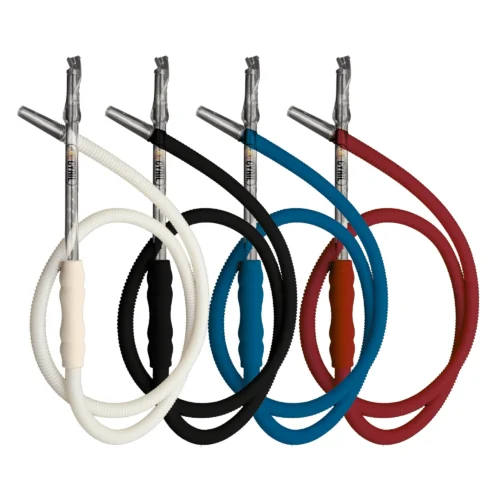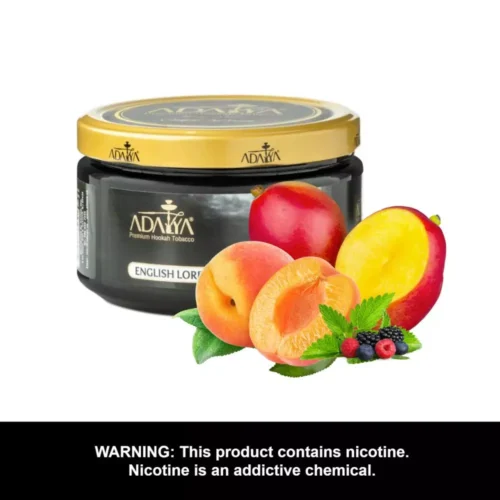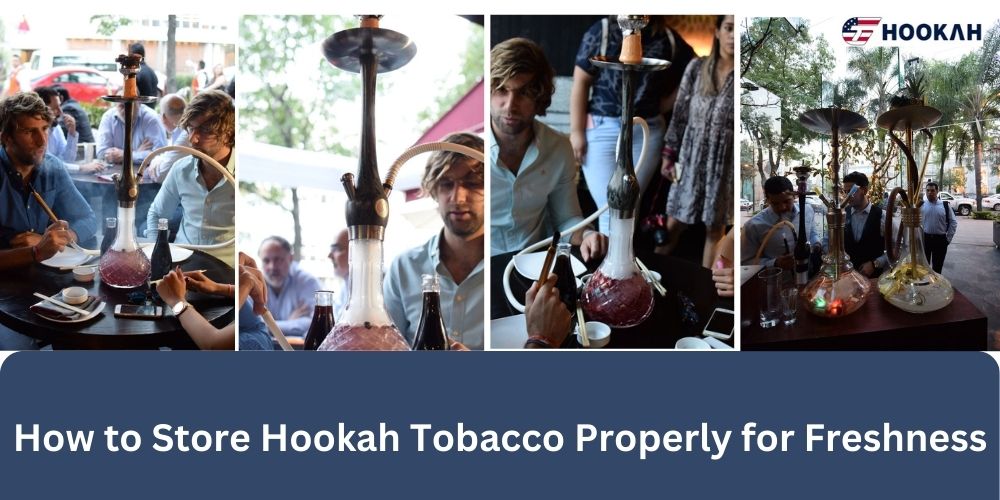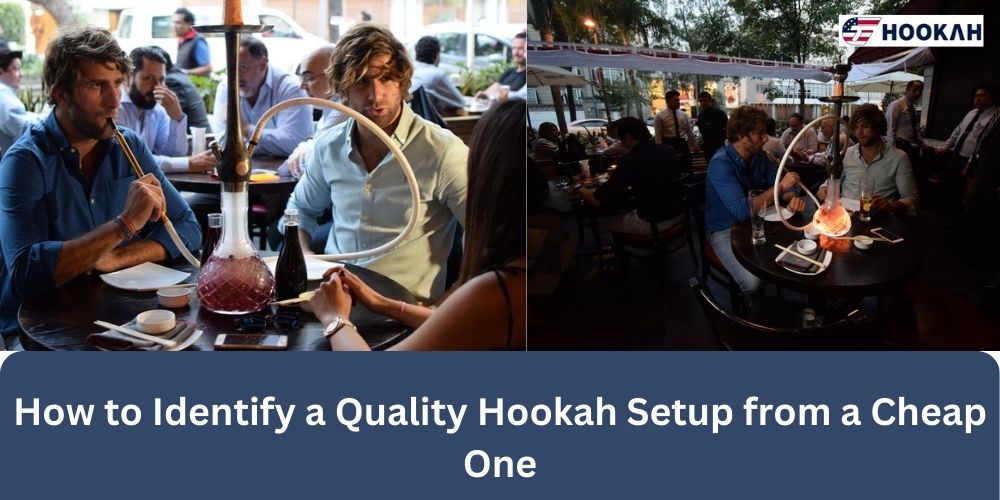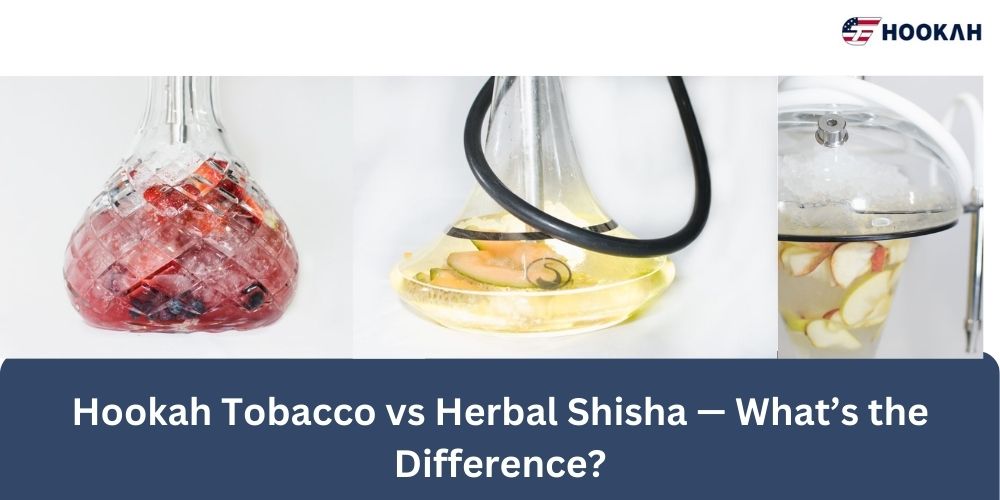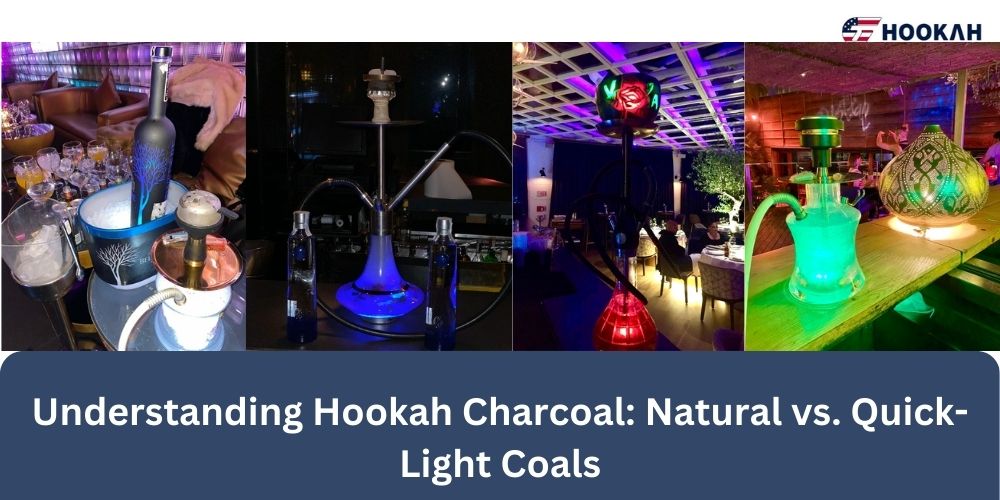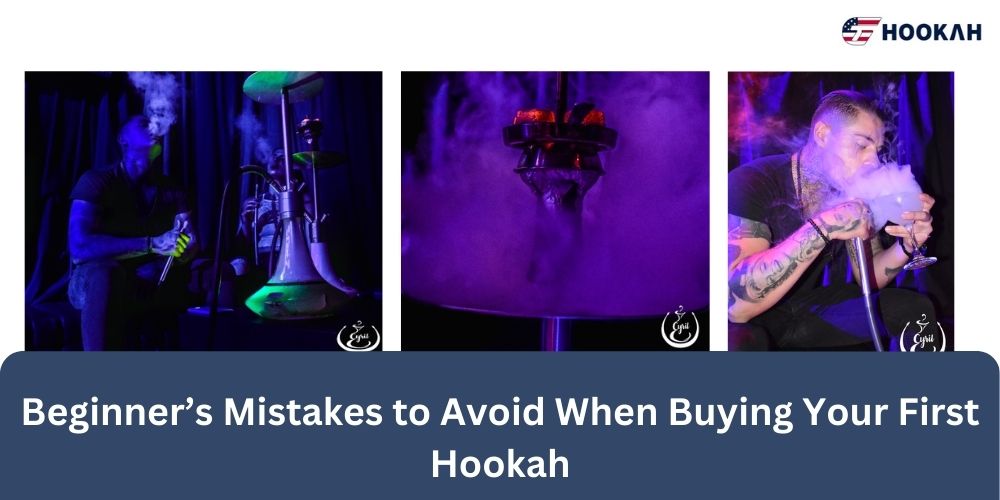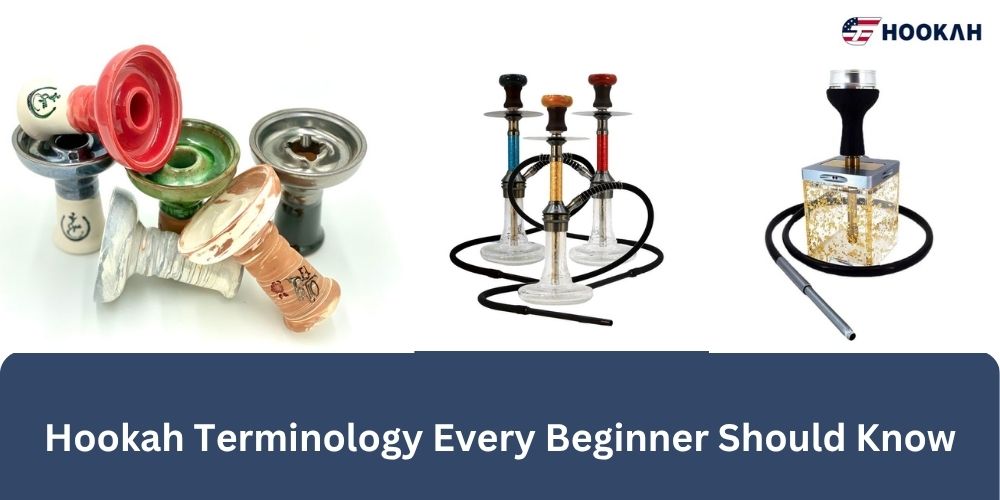There are many hookah bases of all sizes, colors, textures and shapes; some with a classic style and many others with a more interesting appearance. Only in GT Hookah we have more than 100 different bases. But have you ever wondered how such an important part of a hookah is made?
Let’s start from the beginning, there are various methods and techniques used to make glass hookah bases; here we explain the main.
Hand-Blown Glass: This traditional method involves skilled artisans blowing and shaping molten glass using tools and their breath. It allows for greater artistic freedom and customization, as each piece is individually crafted.
Mold-Blown Glass: In this method, a pre-designed mold is used to shape the molten glass. The glass is blown into the mold, which gives it a specific shape and pattern. Mold-blowing allows for more consistent production and can be used for mass production.
Machine-Blown Glass: Industrial-scale production of glass hookah bases often involves automated machines. These machines blow and shape the glass using molds, enabling high-volume production with consistent quality. Machine-blown bases can have a uniform design and shape.
Pressed Glass: Pressed glass involves pressing molten glass into a mold using mechanical force. This method is commonly used for producing hookah bases with intricate designs, as the mold can capture fine details. Pressed glass bases can be mass-produced efficiently.
Hand-Cut Glass: After the glass base is formed, skilled craftsmen can create intricate designs by cutting the glass manually. This technique is often used to add decorative patterns, shapes, or textures to the surface of the hookah base.
Our Cyril bases are manufactured by hand and by machine, they all follow a process of the highest quality to ensure that it is an optimal base, resistant to high temperatures and gives you good smoking sessions with excellent safety.
Now that we know the most popular manufacturing methods, we can better define the process of creating a glass base hookah. Remember that it depends on the process to choose within a factory, but at least our Cyril Bases are guided by this process.
Glass Selection: High-quality glass is selected for the production of hookah bases. This glass should have the desired clarity, strength, and heat resistance.
Glassblowing: The glassblowing process begins by heating the glass in a furnace until it becomes malleable. The glassblower then uses a blowpipe to gather the molten glass and shapes it by blowing air into the pipe while manipulating the material.
Shaping and Design: The glassblower continues to shape the molten glass using various tools, molds, and techniques. The desired design and dimensions of the hookah base are formed during this stage. Different patterns, colors, and textures may be incorporated into the design based on the desired aesthetic.
Annealing: After the shaping process, the newly formed hookah base is placed in a temperature-controlled annealing oven. The purpose of annealing is to gradually cool down the glass, which helps relieve internal stresses and enhances its strength and durability. This process takes several hours or even days, depending on the size and thickness of the glass. (We recommend watching the video below for better reference, those machines really are huge!)
Quality Control: Once the glass is annealed and cooled, it is subjected to an exhaustive quality control. Any imperfections or defects are identified and addressed at this stage to ensure that the final product meets the required standards.
The details are also reviewed: smoothing out the rough edges, polishing the surface or applying decorative elements such as paintings, engravings or stickers (how cool does that Cyril logo look on the bases, right?)
Packaging: After passing the quality control checks and finishing touches, the hookah bases are carefully packaged to protect them during transportation and storage. Proper packaging materials are used to prevent any damage or breakage. Ready to get to the GT Hookah warehouse and then get to your store!
Don’t forget to check out the following video! Our visit to the factory was quite interesting.

